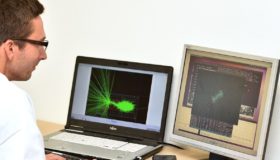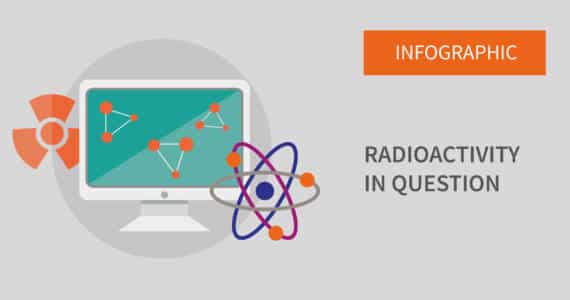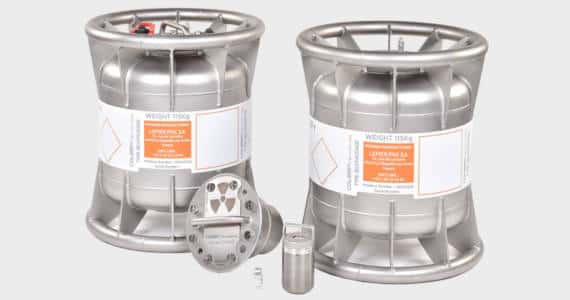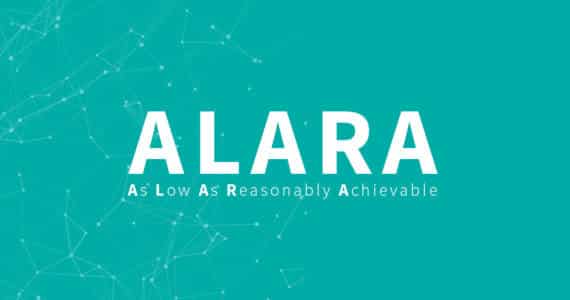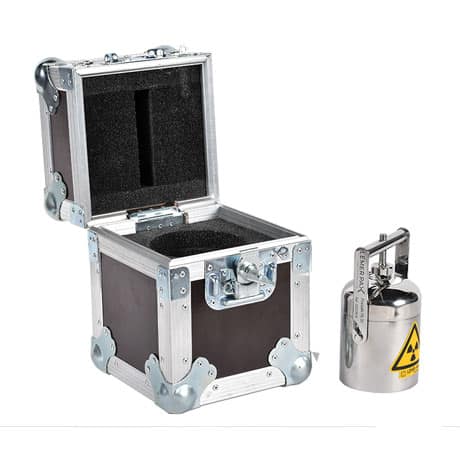
New guide for the transport of radioactive substances
This month, the French Nuclear Safety Authority (ASN) published a new guide on Radiation Protection in Radioactive Substance Transport Activities for professionals. Focus on a key issue!
Nearly one million packages of radioactive substances are transported in France each year. Twelve percent are transported for the nuclear industry, whereas the rest – (88%) concern the health and research sectors, referred to as “small scale nuclear activities”. Note that 30% of these packages represent supplies of radiopharmaceuticals for hospitals.
The materials transported weigh anything from a few grams up to hundreds of tonnes. The radiological activity of their contents may range from thousands to billions of Becquerels, as in the case of irradiated nuclear fuel packages.
The workers involved in the transport of radioactive substances are potentially exposed to ionising radiation, due to their close proximity with the packages. Members of the public situated in the immediate vicinity of the transport vehicles may also be exposed, but to a lesser extent. The regulations therefore make provisions to protect the workers, the general public and the environment against the dangers of ionising radiation.
The RPP: required for all companies involved in the transport of radioactive substances.
The European Agreement concerning the International Carriage of Dangerous Goods by Road (ADR) provides that any company involved in the transport of radioactive substances (preparation, shipment, handling, loading, unloading, routing, storage, unpacking, reception, etc.) must establish a radiation protection programme (RPP). This applies to all modes of transport (road, rail, inland waterways, maritime, air) and to all radioactive substances transported. The radiation protection programme must present all the measures taken by the company to ensure radiation protection during the transport it carries out, including:
- the individual dose constraints defined below the regulatory dose limits for the public and workers,
- the measures taken to optimise radiation protection and safety
- the provisions for ensuring worker training
The Radiological Protection Programme (RPP) is strictly regulated by the Public Health Code, the Transport Code, the Labour Code and the Environment Code.
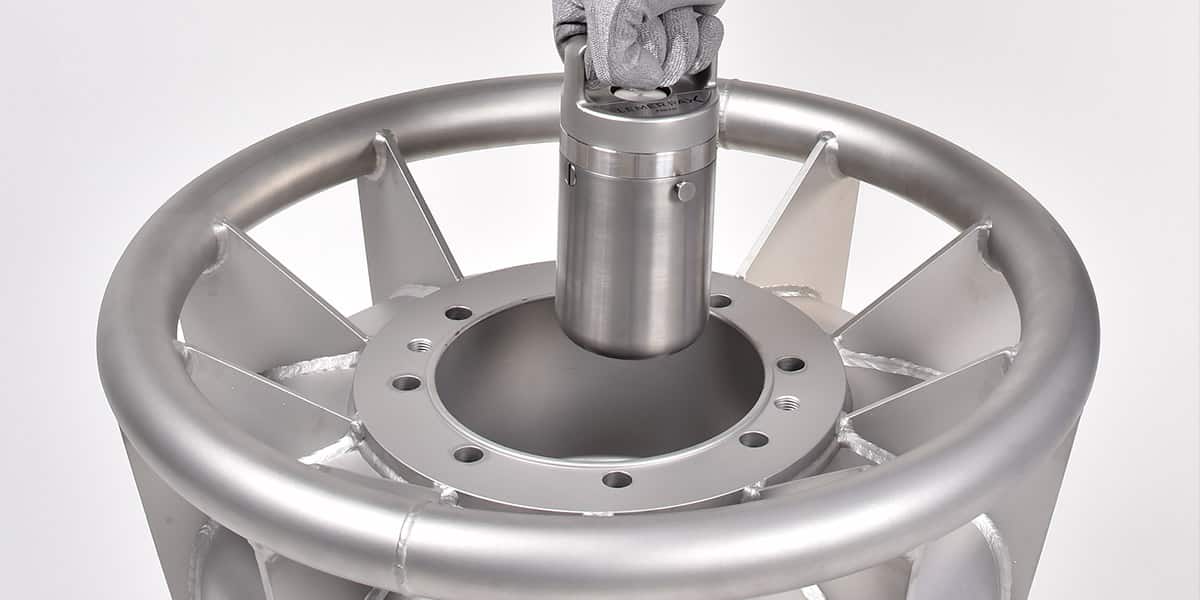
Insufficient recognition of exposure risk
The inspections conducted by the ASN revealed that certain carriers do not sufficiently integrate the risk of exposure of workers and general public to ionising radiation. However, transport activities can have significant radiation protection implications. As a result, significant disparities in risk assessment were observed. For example, individual dose monitoring of ionising radiation shows that drivers transporting radiopharmaceuticals receive higher doses than the average for workers in other sectors of activity, with doses that can reach 14 mSv/year (as a reminder, the regulatory exposure limit is 20 mSv/year).
The ASN guide was drawn up on the basis of Guide No. TS-G-1.3 published by the International Atomic Energy Agency (IAEA), and was adapted to the particularities of the regulations applicable in France. The ASN guide emphasises the importance of training for workers exposed to ionising radiation. It also states that each company involved in the transport of radioactive substances must appoint a radiation protection expert-officer and a transport safety adviser who shall take part in defining and implementing the safety training for workers exposed and carry out reinforced individual health monitoring. The guide provides numerous tables, in particular the regulatory limits on dose rates, and calls for the inspection of work environments, packages and vehicles as concerns the radiation protection of workers and the public.
To go further, the ASN lists several guides providing recommendations for best practices on the subject:
- IAEA Safety Standards Series n° TS-G-1.3 “Radiation Protection Programmes for the Transport of Radioactive Material”
- IAEA Specific Safety Guide SSG-26 “Advisory Material for the IAEA Regulations for the Safe Transport of Radioactive Material (2012 Edition)”
- ASN Guide No. 17 “Contents of management plans for incidents and accidents involving the transport of radioactive substances”
- ASN Guide No. 34 “Implementation of regulatory requirements for domestic transport operations”


